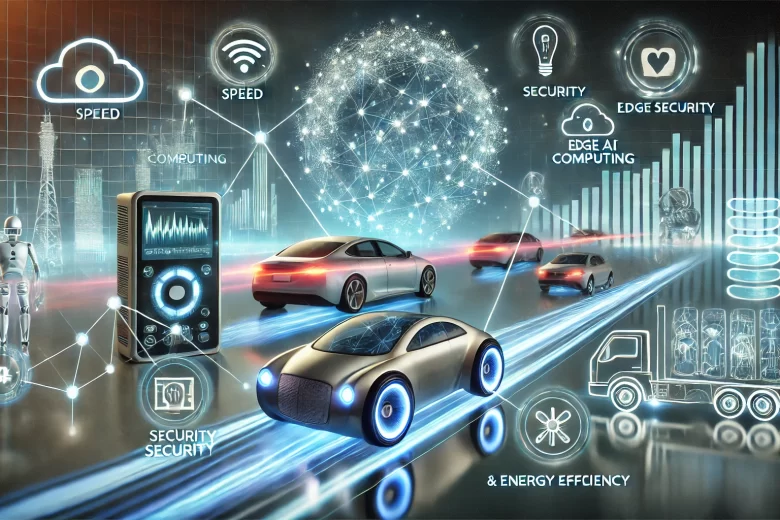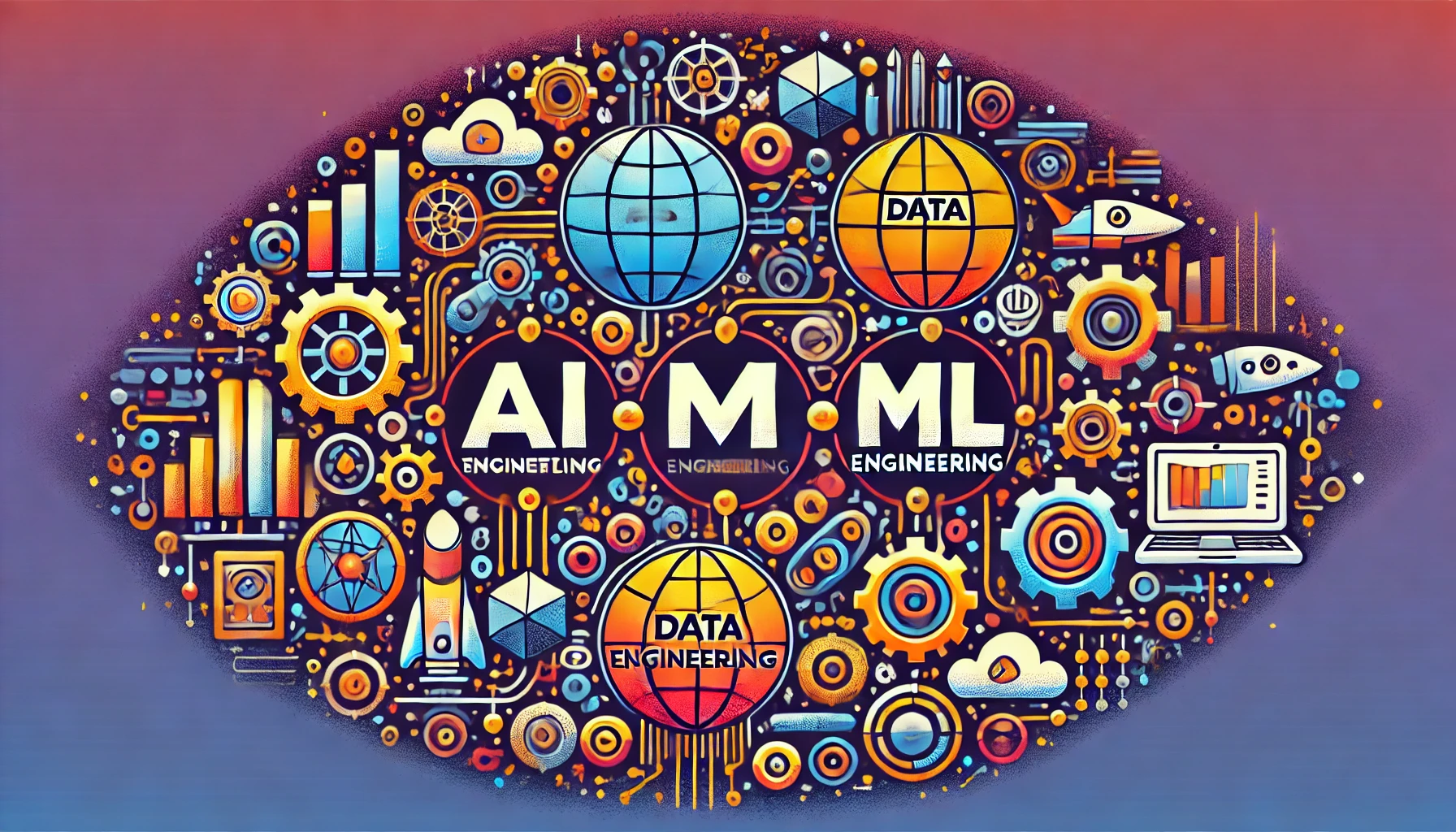TL;DR
Edge AI computing allows data to be processed closer to where it’s generated, reducing latency and enabling real-time decisions. This is especially useful in IoT applications and industries that require fast responses, such as healthcare and autonomous vehicles.
Introduction
Traditionally, cloud computing sends data to a central server for processing. However, with Edge AI Computing, data is processed near its source, reducing the time it takes for the system to make decisions. This is becoming more important in applications such as Internet of Things (IoT) devices and industries that need rapid data processing, like healthcare, where real-time monitoring can save lives, and autonomous vehicles, where instant decisions can prevent accidents.
How Edge AI Computing Works
In Edge AI, data processing occurs locally on devices, often called edge devices, like sensors, cameras, or even smartphones. These devices are capable of handling complex computations, enabling faster responses without needing to send data back and forth to the cloud. For example, a smart security camera can recognize faces and alert you about intruders in real-time without sending all the footage to a central server.
Benefits of Edge AI Computing
- Reduced Latency: Since data is processed on-site, decisions can be made in real-time. For instance, in autonomous driving, this allows vehicles to react instantly to avoid obstacles.
- Improved Security: Sensitive data, like patient information in healthcare, can be processed locally, reducing the need to transmit it over networks, thus minimizing the risk of interception.
- Energy Efficiency: Processing data locally reduces the need to communicate with the cloud, which can save energy, especially in IoT devices that have limited battery life.
Conclusion
Edge AI computing is transforming the way we handle data, providing faster and more efficient methods to make real-time decisions. As the demand for connected devices grows, especially in fields like smart homes, industrial automation, and wearable tech, Edge AI will be key to improving both performance and reliability. It’s the future of how we interact with smart technologies!



